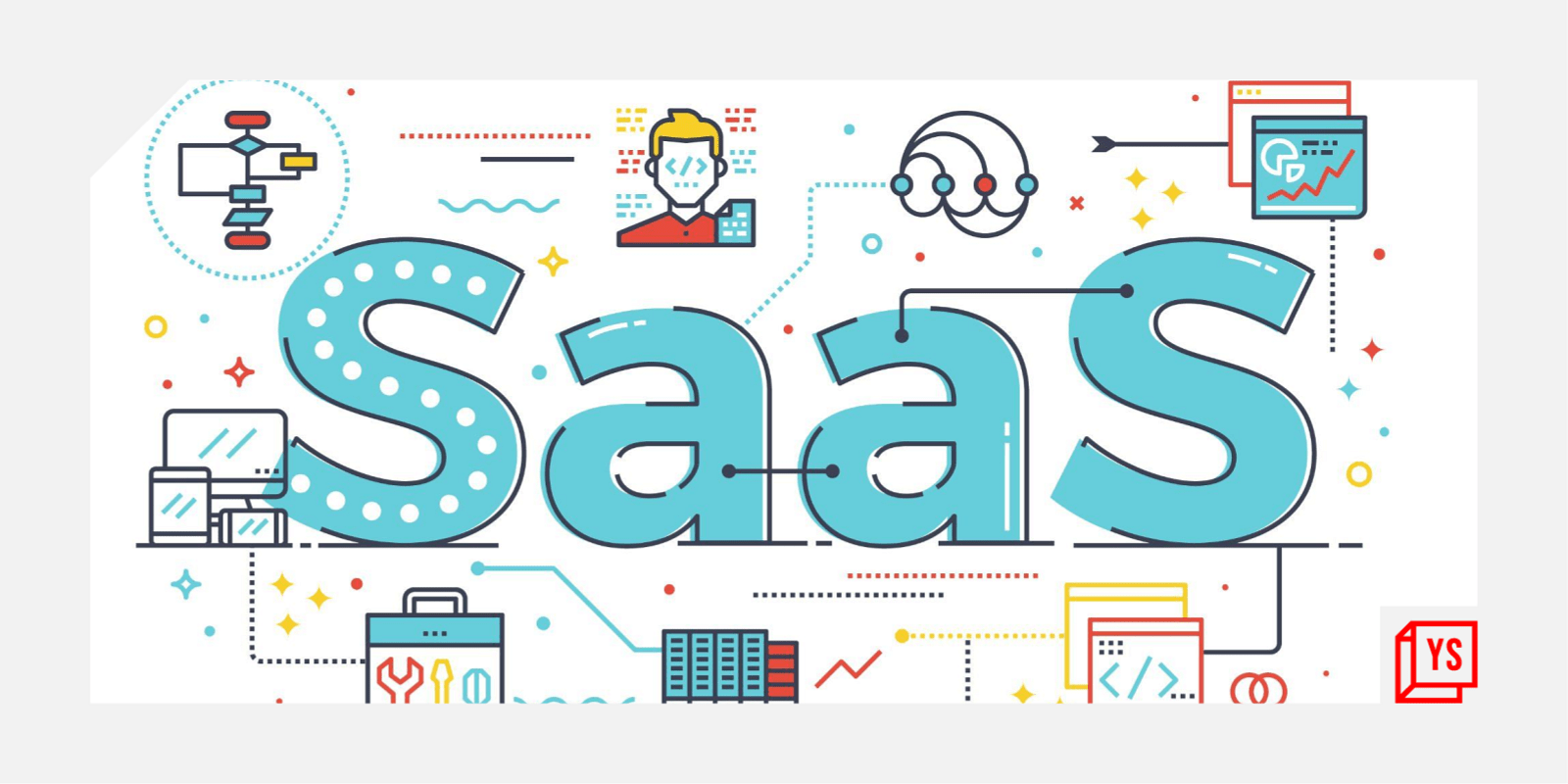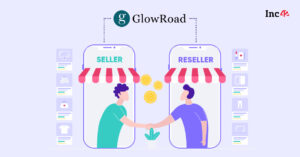The migration of enterprise software from an on-premise model to one hosted on a central cloud — a trend that started ~20 years ago with Salesforce as a torchbearer — has continued unabated, with much headroom left still. As a consequence, SaaS has been on a roll in recent times.
Bessemer’s State of the Cloud 2021 report reveals that the BVP Nasdaq Emerging Cloud Index, an index designed by the venture firm to track the performance of emerging public companies providing cloud software, crossed a record $2 trillion in value on February 5.
Median valuation multiples for SaaS companies went from ~10X of ARR in 2016 to ~30X in 2021. Today, exciting new SaaS companies continue to come up with increasing frequency[1].
Amidst this global SaaS boom, Indian companies have found their moment in the spotlight. There is no doubt that 2021 will be looked upon as a defining year for Indian SaaS, with companies like Zenoti, Chargebee, MindTickle, and BrowserStack, to name a few, joining the esteemed ‘unicorn club’ in the private markets, and Chennai-based Freshworks completing a successful IPO on Nasdaq at a valuation upwards of $10 billion.
As an early-stage VC fund, SaaS is – and will continue to be – an important investment theme for us. A couple of weeks into 2022, it’s a good time to step back and reflect on Indian SaaS – what it looks like today and what might lie in store in the future.
At present, there are four trends we find particularly exciting within the Indian SaaS ecosystem.
One, there is very high investor appetite for SaaS today, as compared to even five years ago; we are hard pressed to find an investment firm that isn’t willing to invest in early-stage SaaS companies. As these companies grow, they have also attracted investments from deep-pocketed global investors like Softbank, GGV, Insight, etc.
Two, a significantly matured SaaS ecosystem – founding teams often comprise seasoned operators who have ‘been there, done that’, and are able to scale their startups much faster than before. There is also much more tribal knowledge from founders who have scaled recently, and who actively want to give back.
Three, there is more than one flavour to India SaaS. Freshworks defined the first playbook, which centred on targeting US SMBs with a great product and unmatched customer success; today, we see companies selling to enterprise customers from the get-go, companies that are category creators, open-source companies, and companies going directly to their users as part of their GTM strategy
Last, the Indian startup ecosystem provides a fertile early adopter market for Indian SaaS startups. Scaled startups are sophisticated software buyers, opting for the best-in-breed from a global pool. Consequently, product maturity levels are higher, making Indian SaaS companies more competitive in global markets.
5 exciting themes for the future
Potential for AI-first software businesses
A confluence of simultaneous factors — an exponential increase in the availability of data, increased storage and bandwidth at reduced costs, increasing algorithmic sophistication — has created the perfect set of conditions for AI to create business value for narrowly defined problems, as opposed to an omnipresent general-purpose AI.
Such solutions help aid human judgement and lead to effectiveness gains, as opposed to the efficiency focus of traditional software. The magnitude of impact can therefore be far greater, and there is potential to reimagine business processes.
As such, we believe AI will lead to the next large category in software, akin to the cloud. We also believe that India, with a large pool of skilled manpower to aid with data and model management, as well as post-implementation support – which is a feature and not a bug – is primed to capitalise on this trend.
Data-as-a-service (DaaS) businesses
Both the availability of data – driven by increased number of connected devices and reduced storage costs – and avenues for its consumption by organisations, with a focus on data-driven decision-making and input to AI systems, are growing exponentially.
That creates a massive opportunity for DaaS businesses. Within DaaS, we feel three characteristics can lead to differentiation and excitement: Providing non-trivial insights based on third-party or public data; aggregating data from several hard-to-access sources; and providing proprietary data.
On the flip side, aggregating easily accessible third-party data is an insufficient base to build a meaningful business. Unlike SaaS, where the end state of the market often ends up being oligopolistic, data businesses are highly fragmented as entry barriers are lower.
It is important for DaaS companies to think proactively about what can help them transition to a more SaaS-like business. One good way of doing this is transitioning from being just a data provider to a workflow provider, something ZoomInfo has done very well.
Developer-focused software
There are a few tailwinds driving a shift towards more ‘developer-focused’ software. First, software has, and continues to, ‘eat the world’. Second, the rapid increase in the number of developers – it is expected that by 2030, there will be 100 million software engineers globally.
Third, the constant shortening of software development lifecycles, and a definite ‘left shift’ of operations, networking, and security into product development. Last, the increased buying power of developers, which has led to an emergence of more and more developer-focused companies in the last 18 months.
Specific themes we are excited about include data and ML Ops tools, low-code and API-led development tools, and autonomous/scriptless and continuous testing.
Platform BPO
India has created immense value by outsourcing repetitive tasks that do not necessarily require on-site execution, and has benefited from a large English-speaking, skilled, and cost-effective talent pool. Two trends are changing that.
One, machines can do 70-80 percent of what humans do in a traditional BPO. Two, the growth of flexible, on-demand work preferences has led to the creation of a no-fixed-resources model. As such, we are very bullish on the emergence of platform companies that are services-oriented in their revenue profile but highly product-oriented in their delivery.
Software for the bottom of the pyramid
There have been a number of trends in the last few years that have given rise to what is popularly known as the Product Led Growth (PLG) GTM motion. With the advent of Google AdWords, community marketing and the growth of App Store ecosystems, it has become easier to discover end users.
Increased adoption of software among solopreneurs and small business owners, and the increased empowerment of end users to buy/use their own software within an enterprise has given rise to a greater convergence between the buyer and user.
Lastly, the emergence of maturing product-led growth playbooks has resulted in customer conversions through smart nudges, thereby mitigating the need for manual interventions.
It is important to note that software is a global business, and no matter where you start, you need to compete against the best for creating institutions that last.
As Indian SaaS gets more global attention, scaled global players are taking leaves from the playbook of Indian companies. With remote/flexible work gaining steam, mature US SaaS companies are establishing significant Indian operations early on in their journeys. This only means that there is a greater onus on Indian companies to be futuristic, innovative, and execute to higher standards.
All things considered, there is tremendous potential for Indian SaaS companies for the foreseeable future. Here’s looking forward to many more Indian companies becoming market leaders and doing decacorn IPOs, and not just Freshworks!
The insights put forth in this article have been gathered from a discussion between senior executives from the industry, who are part of the Stellaris Founder Network.
(Disclaimer: The views and opinions expressed in this article are those of the author and do not necessarily reflect the views of YS.)









![Read more about the article [Techie Tuesday] From Zynga co-founder and startup investor to serial entrepreneur with PlayCo, Justin Waldron](https://blog.digitalsevaa.com/wp-content/uploads/2021/03/Techie-Tuesday-1615827917111-300x150.png)